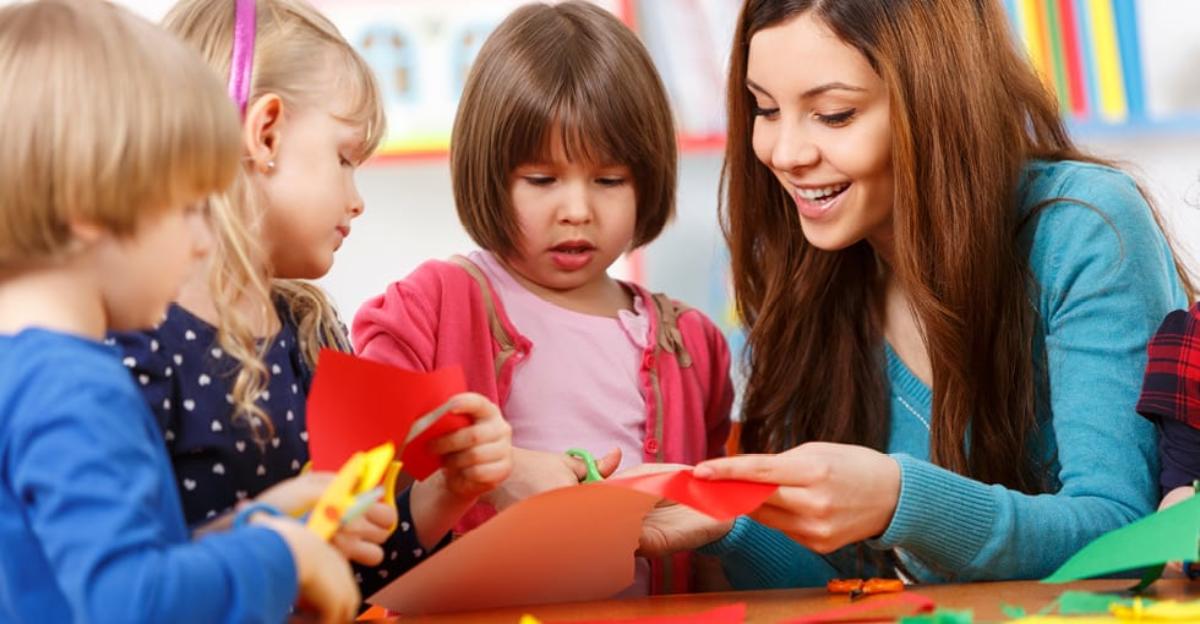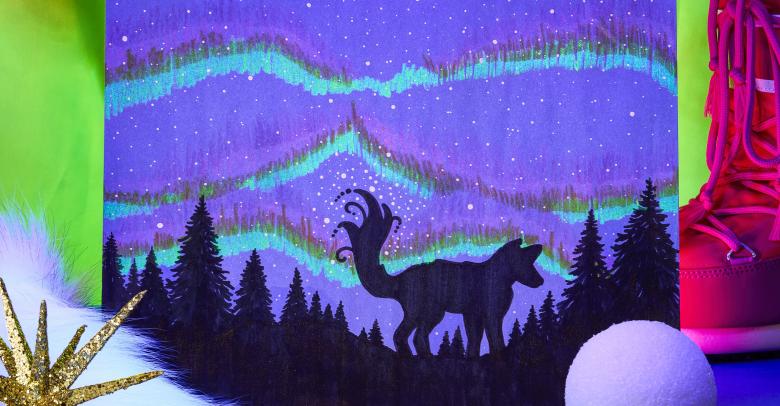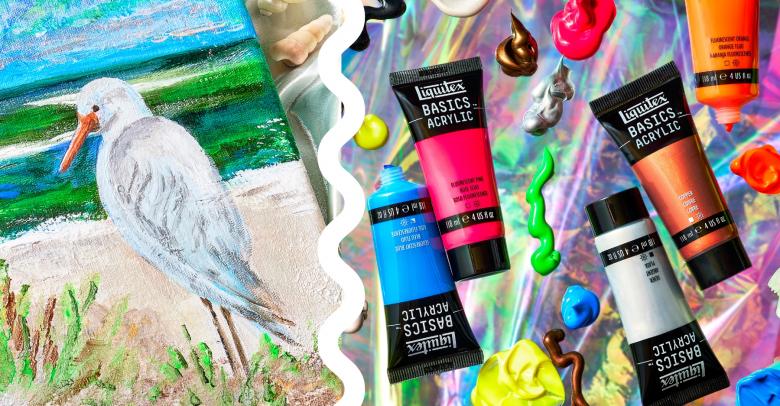With so much emphasis on academic preparation in the early years of a child’s life, it can seem that there is little time for more creative pursuits in preschool and kindergarten classrooms. Where toddlers and kindergartens of the past spent plenty of time with finger paints, coloring, and playing with clay, modern preschools emphasize letter recognition, counting, and pre-reading skills.
Educators and parents alike are concerned that “teaching to the test” is robbing early childhood learners of some of the joys of childhood. And yet, in the push to make sure children are prepared for the future, some wonder if there really is a place for art in childhood.
Why Art Should Be Included in Early Childhood Learning
Children who regularly participate in art may do better in core academic subjects in the future than those who are deprived of this creative part of growing up.
5 Tips for Including Art in Early Childhood
Teachers should be creative in incorporating art in daily activities with their students. Here are a few tips for including art in your classroom.
Provide quality tools and materials.
It’s not that much more expensive to buy a set of “real” watercolor paintbrushes than it is to provide those simple plastic brushes that come with the watercolor paint sets. However, the difference in results is remarkable. Buy quality scissors, appropriate papers, and good paints and teach the children to take care of them.
Make a creativity space.
One corner of your classroom can be the “art corner” where kids can experience art for themselves. Provide odds and ends – feathers, beads, yarn, cardboard scraps, fabric pieces and ribbons – to allow the children to make something of their very own design. Be sure that you allow free time each day so that every child can explore the possibilities in the art corner.
Keep lessons simple and regular.
Art lessons need not be long or extravagant. In fact, you’ll be more likely to consistently present art lessons if they are quick and easy. Find resources that lay out short, creative exercises and do them regularly.
Make it positive.
Some children may be frustrated that their pictures and projects don’t turn out exactly the way that they want. Emphasize that art is a journey, not a destination, and do not allow children to harshly criticize themselves or one another. Notice everyone’s art and find many positive things to say about each piece created. Take digital pictures of every work of art before the child takes it home.
Incorporate cross-curricular learning.
Math is full of patterns and symmetry. Geometry is packed with shapes and lines. Illustrate nature as you study the outdoors. Study and mimic particular artists’ styles of creativity. Almost any subject can be brought into art if you think outside of the box.
At their most basic level, arts foster and encourage creativity. Don’t believe the lie that you have to be a talented artist to enjoy art or teach it to children. Enjoy yourself and relax as you teach art to young children.
Tips and Teacher Favorite Products for Art in Early Childhood
Looking for more ideas and inspiration to get your early childhood learner’s exploring and creating? Don’t forget to stop by the Arts & Crafts topic page to see the latest art lesson plan ideas and must-have supply lists.
Read More: 18 Teacher Must-Have Classroom Art Supplies






Leave a Reply